I’ve been freelancing online for what feels like forever—probably since the dial-up modem screeched its way into my soul in the early 2000s. Back then, the internet was a wild, uncharted frontier, and working as a freelancer—whether it was designing clunky websites, slapping together pixelated graphics, or managing someone’s MySpace page—was like staking a claim in the digital Wild West. Fast forward to today, March 2025, and the landscape is unrecognizable. It’s polished, crowded, and hyper-competitive, but somehow still brimming with opportunity if you know where to look. Let’s take a long, winding walk through what it’s been like to hustle as a general freelancer—web designer, graphic artist, social media wrangler, video marketer, affiliate hustler, you name it—and how the game has evolved over the years.
The Early 2000s: The Wild West of Freelancing
Picture this: It’s 2001. Geocities is still a thing, and Flash animations are the pinnacle of web design. I got my first “gig” redesigning a local band’s website for $50 and a burned CD of their demo tracks. Platforms like Upwork didn’t exist yet—oDesk and Elance wouldn’t merge into Upwork until years later—so finding work meant scouring forums, cold-emailing businesses with terrible websites, or leaning on word of mouth. PayPal was still a novelty, and half the time, clients mailed you a check. A check. Can you imagine?
The early days were chaotic but exhilarating. The barrier to entry was laughably low. If you could cobble together some HTML, mess around in Photoshop, or figure out how to upload a video to this new thing called YouTube (launched in 2005), you were in business. Clients didn’t know what they wanted because they barely understood the internet. I’d pitch a “professional website” that was just a table layout with a garish gradient background, and they’d lose their minds like I’d invented the wheel.
But the flip side? It was unreliable as hell. Payments were late—or didn’t come at all. Scams were rampant because there was no centralized platform to vet clients. And the tools? Primitive. Dreamweaver was a godsend if you could afford it; otherwise, you were hand-coding in Notepad. Social media wasn’t a job yet—Facebook was still a college dorm experiment, and Twitter wouldn’t hatch until 2006. The idea of “video marketing” was uploading a grainy AVI file and praying it didn’t crash someone’s browser.The pros were the freedom and the sheer novelty of it all. The cons? You were on your own, figuring it out as you went, with no safety net and no roadmap.
The 2010s: Platforms, Professionalism, and the Rise of the Gig Economy
By the time the 2010s rolled around, freelancing started to look like a real career. Upwork launched in 2015 (after the oDesk-Elance merger), Fiverr popped up in 2010 with its $5 gigs, and sites like Behance and Dribbble gave designers a place to show off. Suddenly, you didn’t have to hustle in the dark corners of the internet—clients came to you. I pivoted from basic web design to offering full packages: branding, social media graphics, even some early video editing as YouTube exploded.
This was the era when the gig economy took off. Businesses realized they didn’t need full-time employees for everything—why hire a graphic designer when you could pay someone $100 to whip up a logo overnight? For freelancers, it was a gold rush. I could log into Upwork, bid on 10 projects, and land three by lunchtime. Rates were decent, competition was growing but manageable, and tools like Canva, Adobe Creative Cloud, and WordPress made it easier to deliver professional work fast.
Social media management became a thing around this time, too. I’d spend hours crafting posts for clients on Facebook and Instagram, back when organic reach wasn’t a myth. Affiliate marketing also started heating up—I’d slap some Amazon links on a blog I built for a client and pocket a commission. The internet felt like a slot machine: pull the lever enough times, and you’d hit something.
But the cracks were showing. As platforms grew, so did the fees—Upwork’s 20% cut on small projects stung. Clients got pickier, expecting more for less because the supply of freelancers ballooned. And the tech? A double-edged sword. On one hand, drag-and-drop builders like Wix and Squarespace meant I could churn out sites faster. On the other, they empowered clients to think, “Why pay you when I can do it myself?” The Wild West was getting tamed, and not always in our favor.
The 2020s: Hyper-Competition, AI, and the Hustle 2.0
Fast forward to today, March 2025, and freelancing is a beast. The pandemic turbocharged the shift to remote work, and suddenly everyone’s a freelancer—or at least trying to be. Platforms are saturated. A $500 web design job that took me a week in 2015 now has 50 bids within an hour, half from overseas freelancers willing to do it for $50. It’s not just about skill anymore; it’s about branding, networking, and standing out in a sea of profiles.
Technology’s role is massive. AI tools like Midjourney and DALL-E churn out graphics in seconds—stuff that used to take me hours in Photoshop. Video editing software like DaVinci Resolve or even CapCut has democratized what was once a niche skill. Social media algorithms are a nightmare to crack, so clients expect you to be part data analyst, part creative genius. And don’t get me started on affiliate marketing—Google’s SEO updates and Amazon’s shrinking commissions have turned it into a grind.
The pros of this era? The tools are incredible. I can design a site, edit a video, and schedule a month of social posts in a fraction of the time it took a decade ago. Remote work means I can live anywhere—last year, I worked from a beach in Thailand for three months. And the variety? Endless. One day I’m building a Shopify store, the next I’m scripting a TikTok ad.
The cons, though, hit hard. Burnout is real—I’m juggling five clients, each with tighter deadlines and higher expectations. Rates haven’t kept pace with inflation, especially for generalists like me who don’t specialize in a hot niche like blockchain or AI development. And the isolation? Working online sounds glamorous until you realize you haven’t left the house in four days.
How the Landscape Has Changed
The biggest shift is structure. The early 2000s were lawless—find a client, do the work, hope you got paid. Now, it’s a marketplace with rules, ratings, and algorithms deciding your fate. Clients are savvier, too. Back then, they’d nod blankly when I said “SEO”; now, they’re asking about bounce rates and conversion funnels before I’ve even pitched.
Competition’s another game-changer. In 2005, I was one of a handful of freelancers in my small town who knew CSS. Today, I’m up against a global workforce. That’s forced me to diversify—web design alone doesn’t cut it when every kid with a laptop offers it for peanuts. I’ve had to layer on skills: video, copywriting, paid ads, even dabbling in NFTs when that was hot.
Tech’s evolution is the backbone of it all. Early on, you were limited by slow internet and clunky software. Now, I’ve got gigabit Wi-Fi and a suite of tools that do half the work for me. But it’s a treadmill—stay current, or you’re obsolete. Remember when Flash died in 2020?RIP to every freelancer who didn’t pivot.
The Human Side: Wins, Losses, and Lessons
Freelancing online has been a rollercoaster. The wins are sweet—landing a $10,000 project after weeks of pitching, or getting a “You’re a lifesaver!” email from a client. The losses sting—chasing a deadbeat client for $200, or watching a competitor undercut you by half. I’ve had months where I made more than my old corporate friends, and others where I ate ramen and prayed for a gig.
The freedom’s unmatched. I set my hours, pick my projects, and don’t answer to a boss. But it’s a grind—there’s no sick leave, no 401(k), no “Hey, team, let’s grab drinks.” You’re your own IT guy, accountant, and cheerleader. The early days taught me hustle; the 2010s taught me systems; the 2020s are teaching me resilience.
Looking Ahead
What’s next? If trends hold, AI’s going to keep reshaping the game—maybe I’ll be prompting bots instead of designing from scratch. Clients will demand more integration—think AR experiences or voice-activated sites. The gig economy’s not slowing down, but the winners will be the ones who niche down or bundle services into something unique.
Would I do it again? Hell yes. The Wild West days were a blast, the 2010s were a sweet spot, and today’s chaos keeps me sharp. Freelancing online isn’t easy, but it’s mine—a messy, beautiful, ever-changing hustle that’s carried me through two decades and counting.

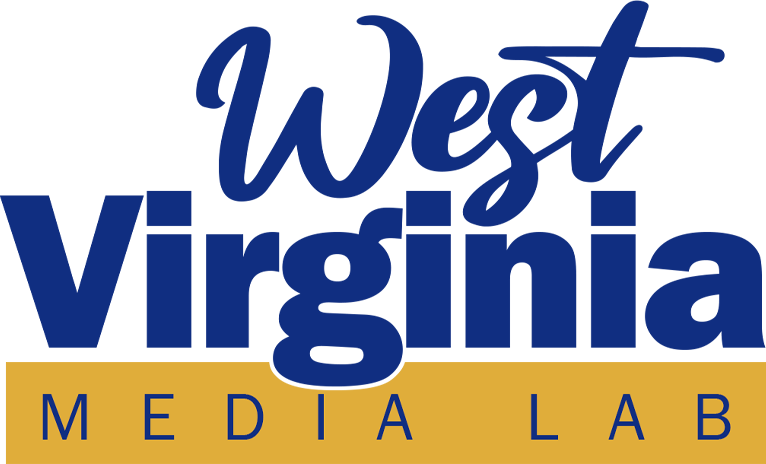
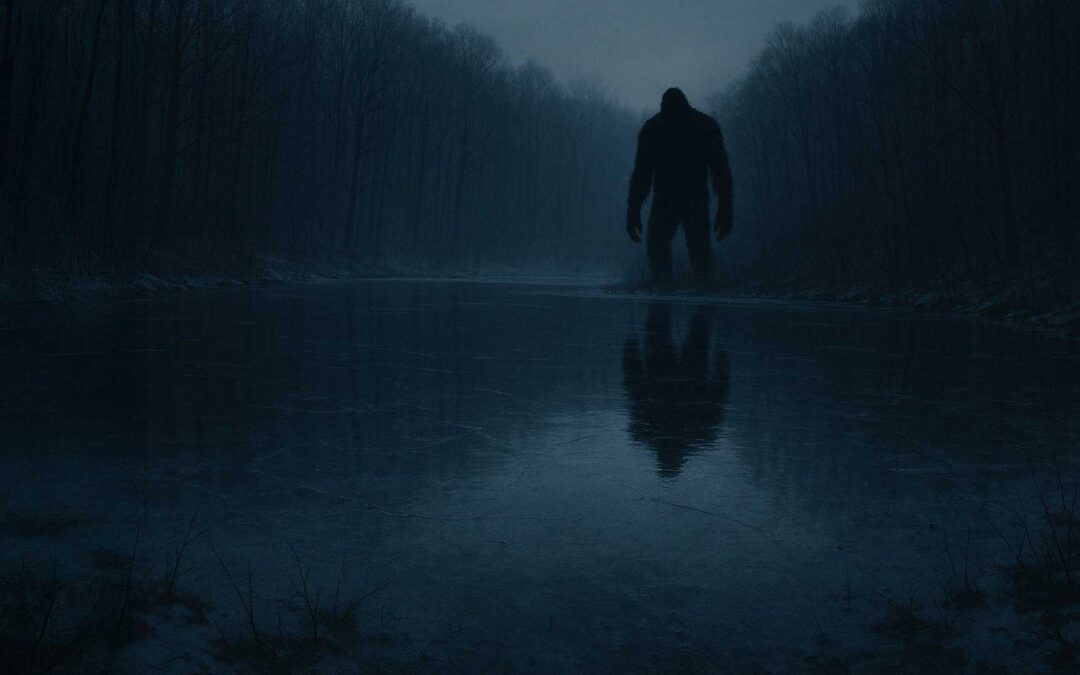
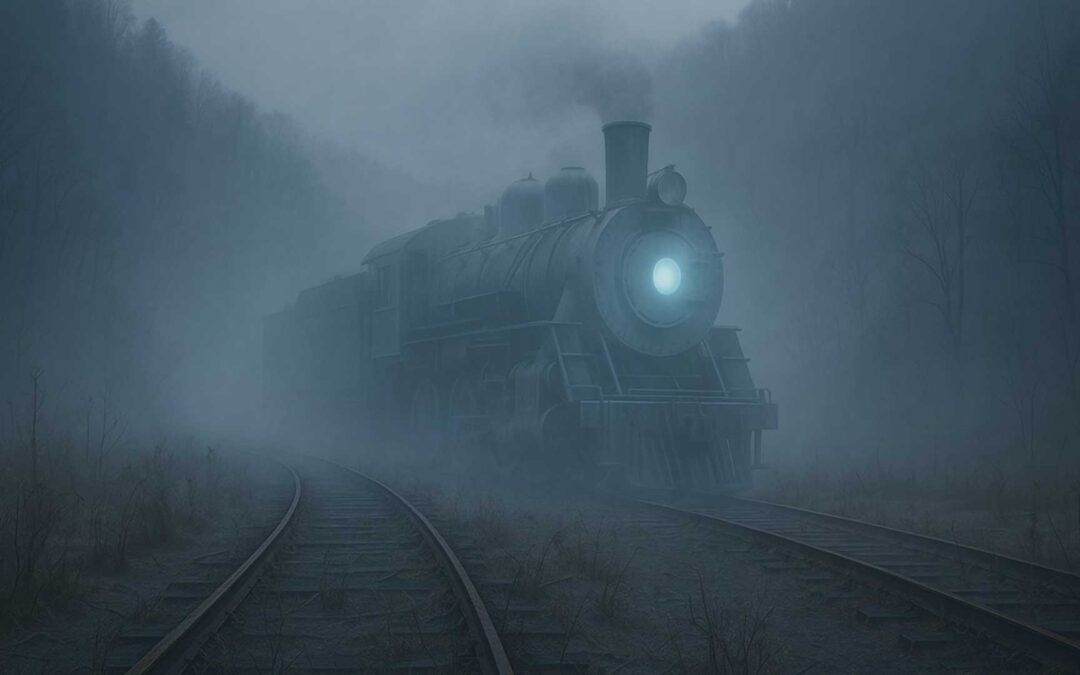
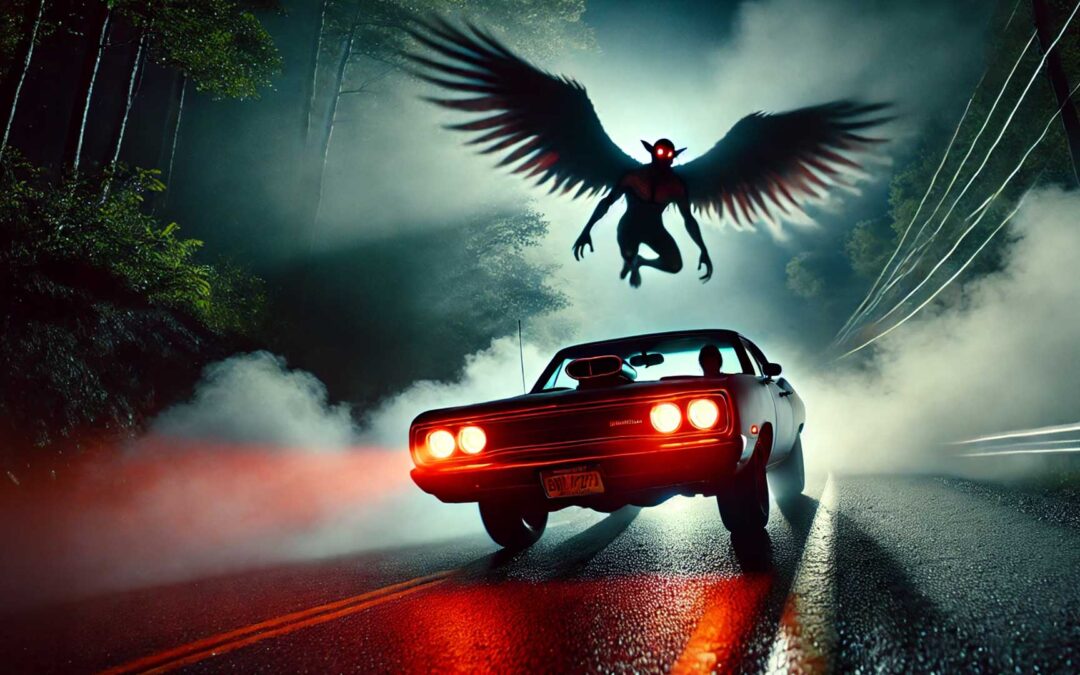

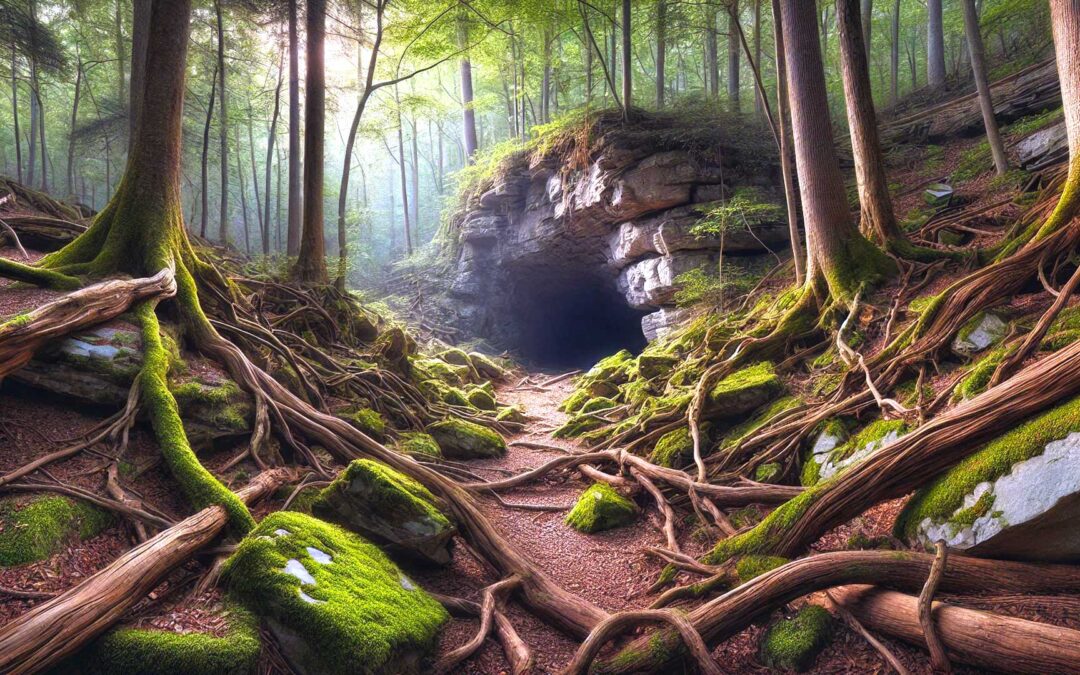
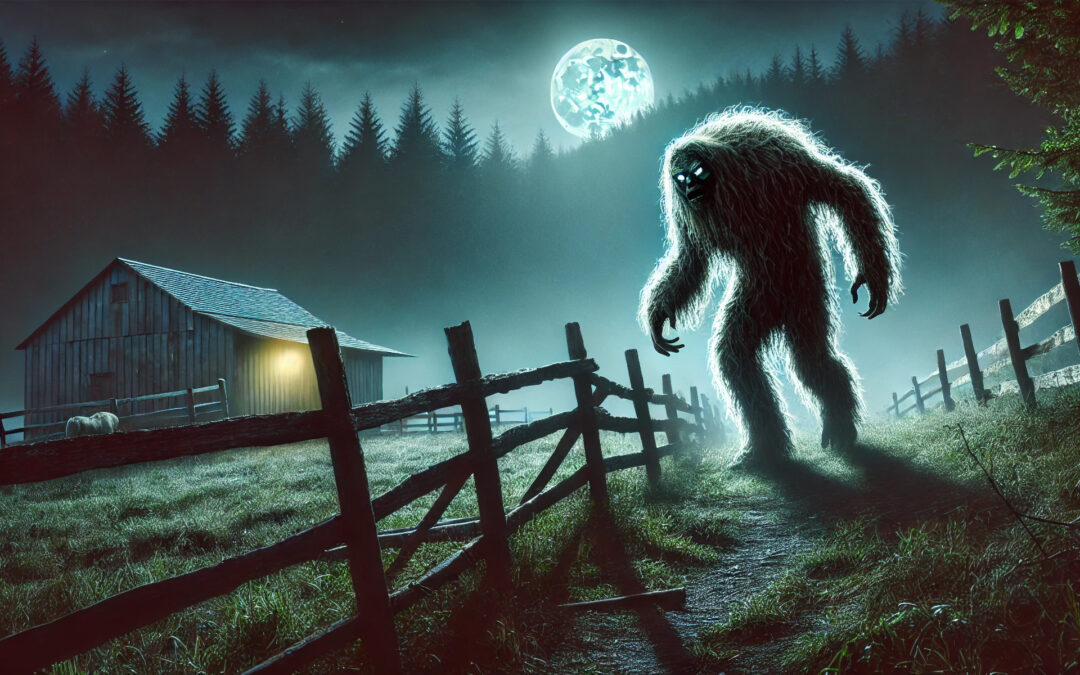
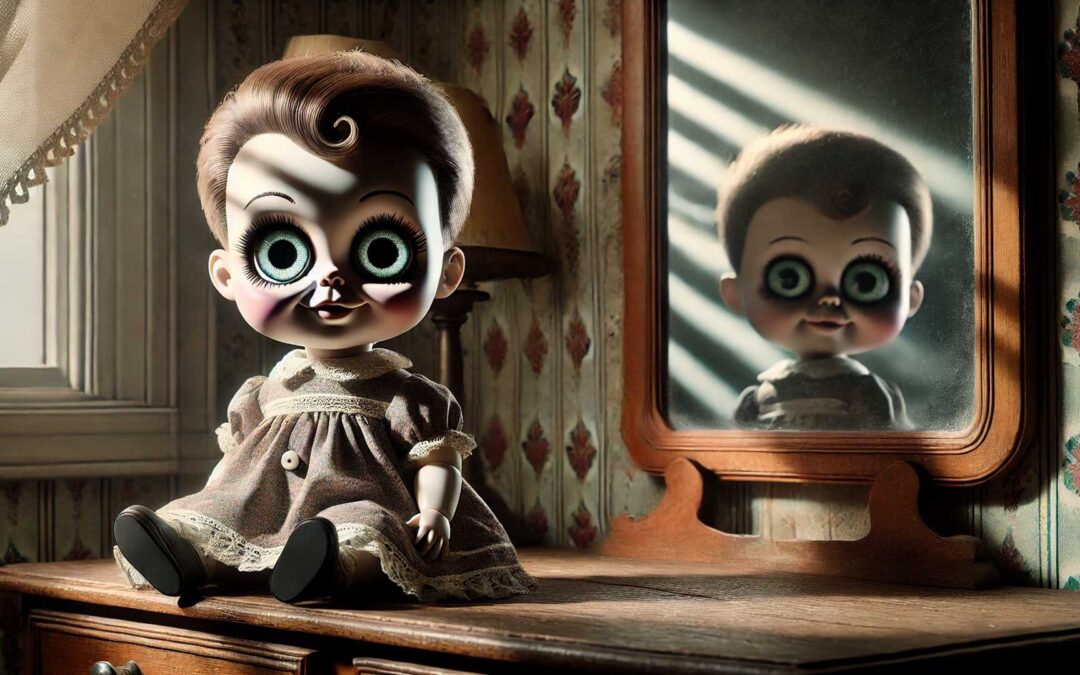

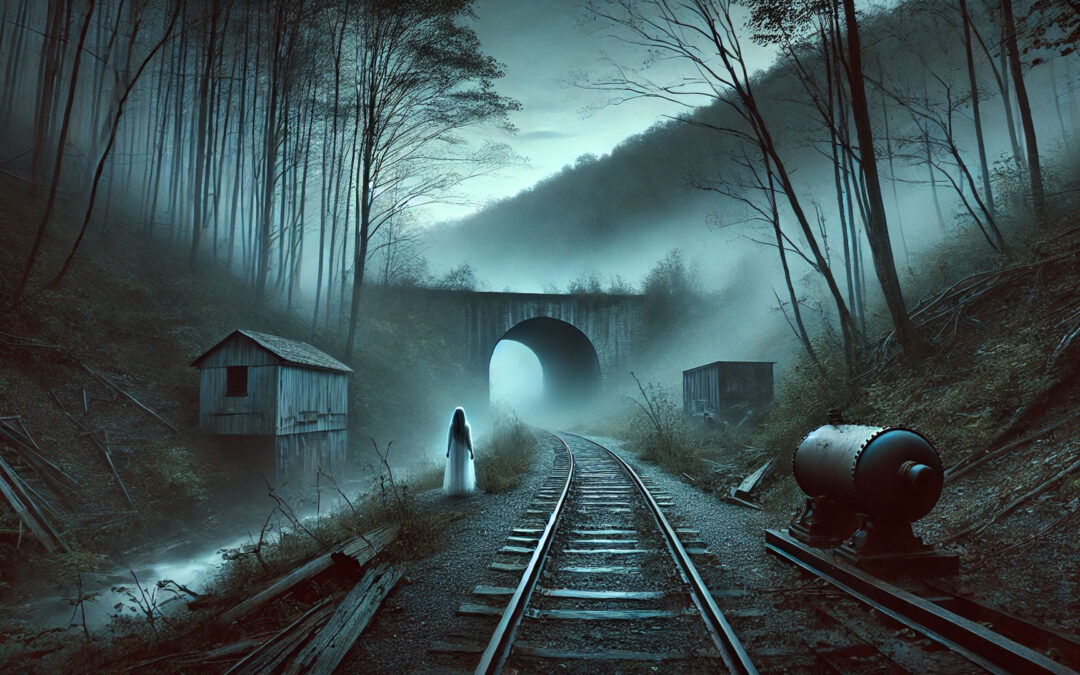

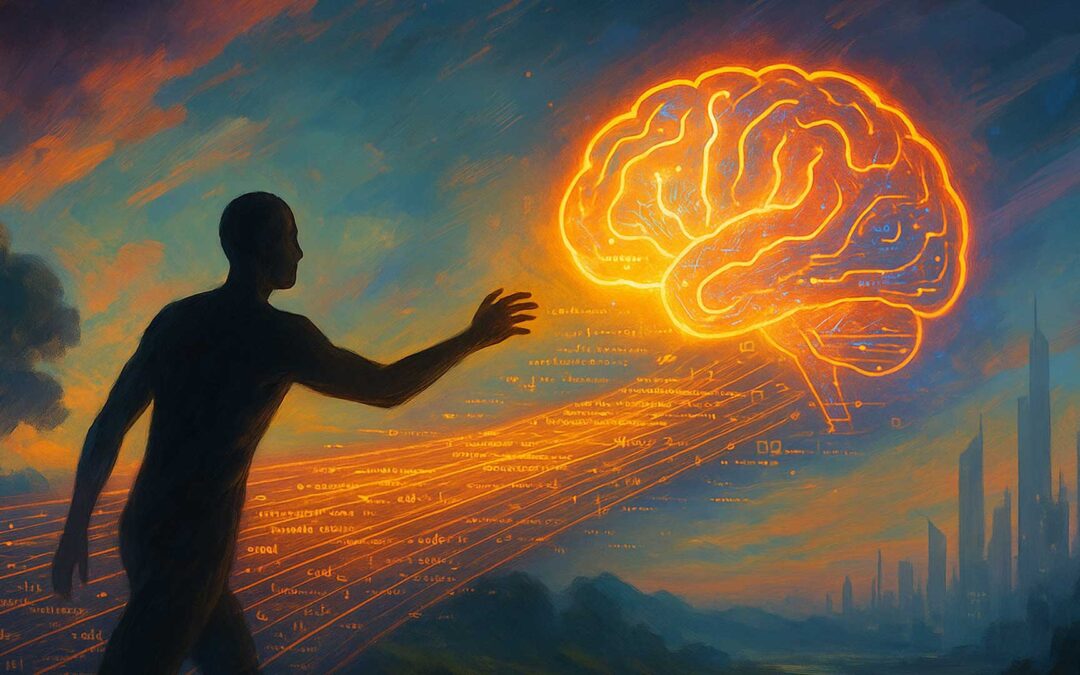


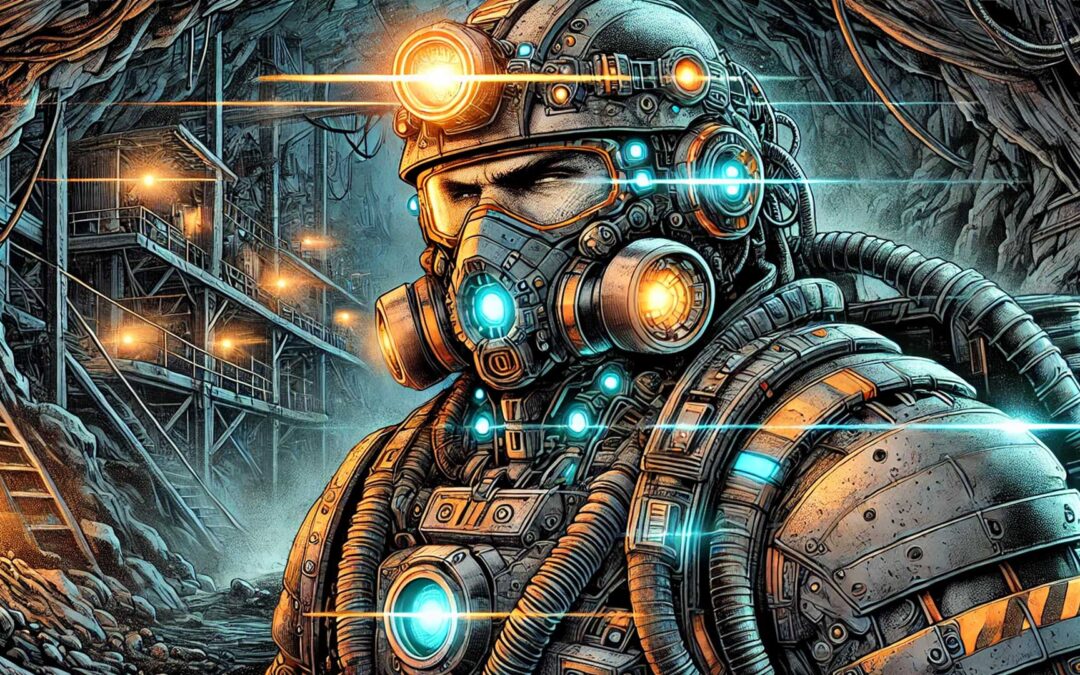
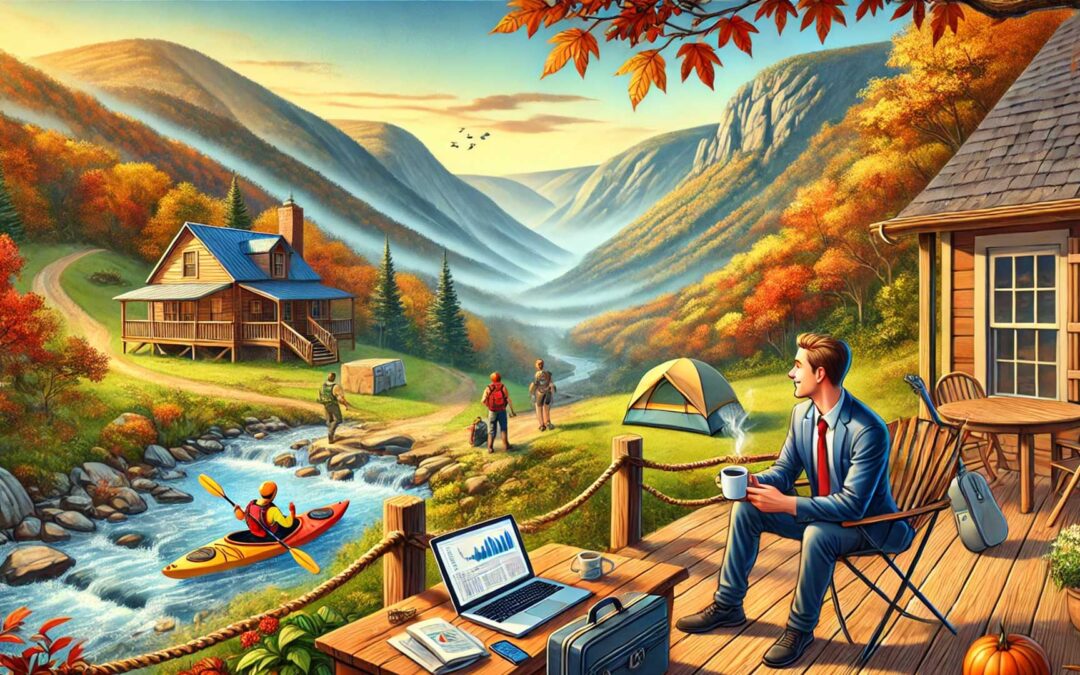
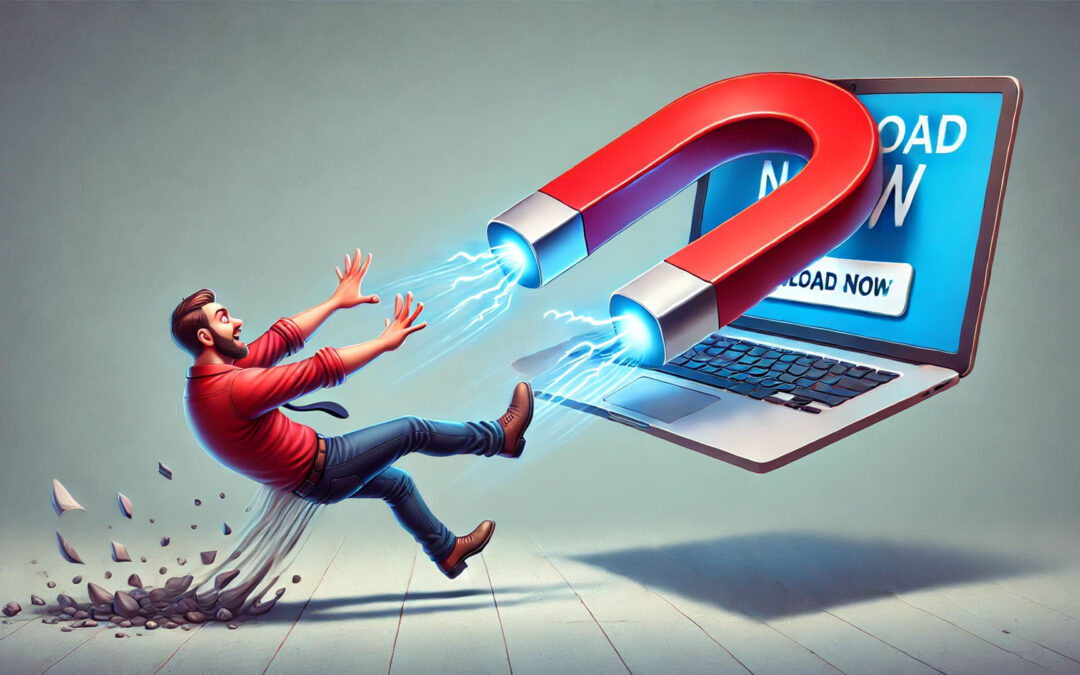

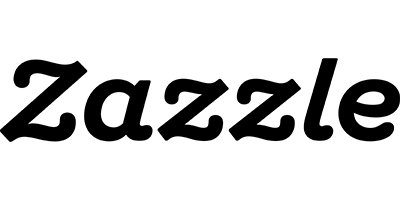





0 Comments